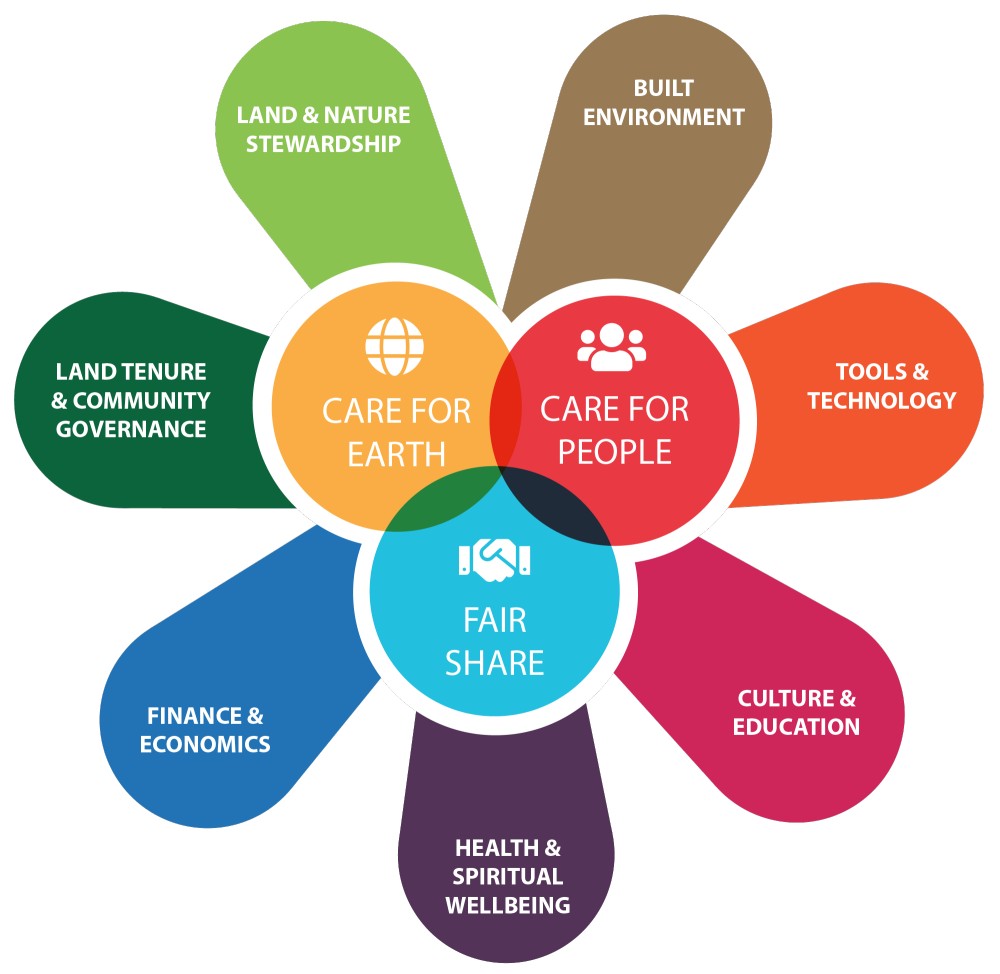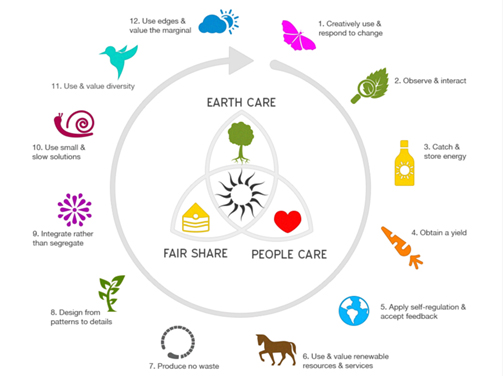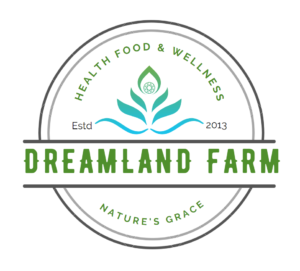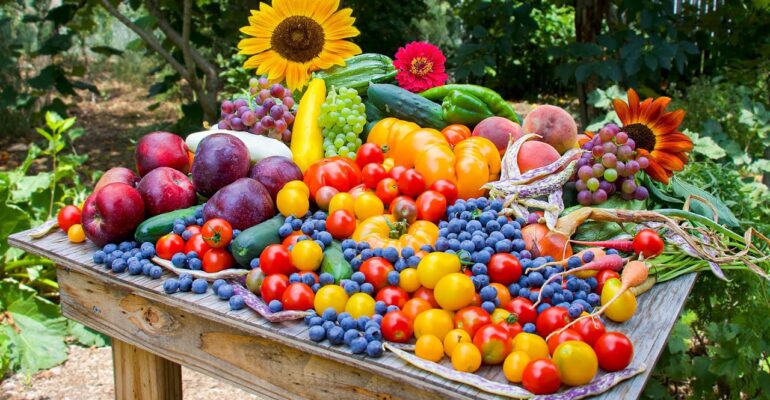What is Permaculture?
February 8, 2023 2023-03-03 7:19What is Permaculture?
Permaculture is a method of creative design that is founded on whole-systems thinking and guided by ethical and design principles.
In all aspects of human habitation—from agriculture to ecological building, from appropriate technology to education, even economics—this method encourages us to imitate the patterns and relationships we see in nature.
We may move from being reliant consumers to being responsible producers by embracing the ethics and putting these concepts into practice in our daily lives. This path helps us develop the resilience and skills necessary to face an unpredictable future while using less energy at home and in our community.
Depending on the region, the climatic circumstances, and the resources that are accessible, different tactics and strategies are employed to apply these concepts. The fundamentals of this holistic approach may change, but they never do. By understanding these concepts, you can gain useful cognitive skills that will make you more adaptable at a time of transition.
The three ethics lie at the heart of permaculture.
The guiding principles of permaculture design are earth care, people care, and fair share, which are also prevalent in the majority of traditional communities. Ethics are processes that have developed culturally to control self-interest and help us distinguish between good and harmful results.
The importance of ethics for long-term cultural and biological survival increases as human power increases. In order to create permaculture ethics, researchers studied community ethics and learned from cultures that have coexisted with their environment relatively harmoniously for far longer than more recent civilizations.
The transition to a sustainable future requires us to take into account values and ideas that are beyond the accepted societal norm, but this does not imply that we should disregard the great lessons of the modern era.
The seven permaculture activity domains
The ethical and design concepts form the foundation of the permaculture journey. As shown by the Permaculture Flower, we apply this way of thinking to the seven different areas needed to build a sustainable culture.
These domains are connected by the evolutionary spiral path, which begins at the individual and local level and moves on to the collective and global level.
Each of the flower’s petals represents a particular field, design system, or solution that has been connected to the larger concept of permaculture.

Principles of Permaculture Design
The ethics (center) of permaculture serve as the pillars, directing how the 12 design principles should be applied and assuring their proper application.

Although the ways in which these concepts are expressed will vary substantially depending on the setting and circumstance, they are regarded as universal.
As shown by the permaculture flower, they are applicable to our personal, economic, social, and political restructuring.
In a future with less energy and resources, these are thinking skills that, when combined, enable us to imaginatively redesign our surroundings and our behavior.
Each principle offers a different perspective that may be understood at various levels of depth and application, acting as a doorway into entire systems thinking.
Search


